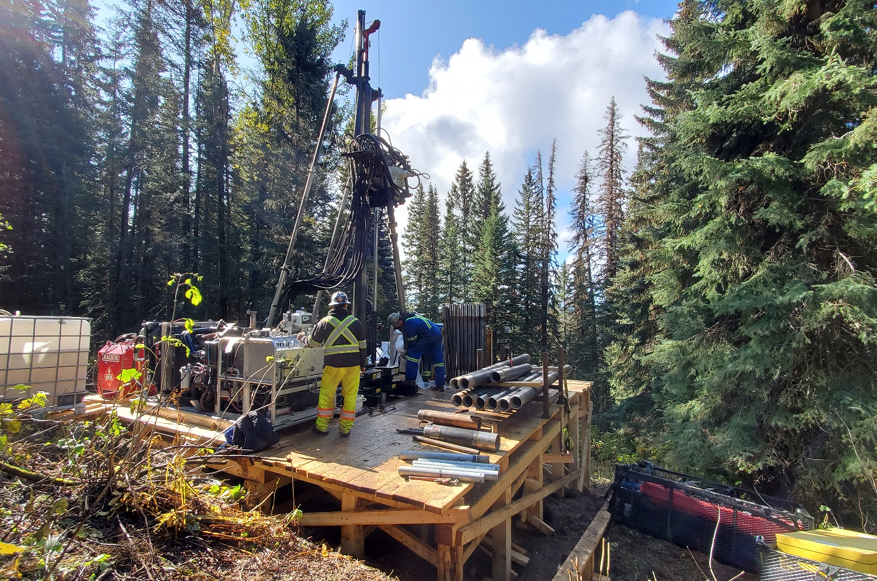
Defense Metals (TSXV:DEFN) confirmed last week that the results of additional beneficiation testing conducted by SGS Canada indicates that the Wicheeda rare earth (REE) deposit can produce high-grade, high-recovery flotation concentrate.
The beneficiation tests were aimed at confirming the reagent suite and operating parameters developed in earlier tests and in the 2020 flotation pilot plant operated on a 26-tonne bulk sample. The variability samples responded well to the flowsheet and the selected reagent suite and operating regimes (temperature, density).
Defense said a total of 90 open-circuit flotation tests, using 1 or 2 kg of feed, were conducted on 17 individual variability samples, various composites and blends. Considering all open-circuit flotation tests, at a feed grade of 3% TREO (total rare earth oxide), the best fit line indicated 80% recovery to a 45% TREO concentrate. Closed circuit operations, as practised in flotation plants, can be expected to deliver higher recovery and grade.
As well as these small-scales tests, 29 larger flotation tests using 10 or 12 kg charges were completed. The bulk tests generated 16 kg of 46% TREO concentrate with a recovery of 78%. This material will be used as feed for hydrometallurgical tests.
In comminution tests, Wicheeda samples needed relatively little grinding energy, particularly dolomitic carbonatite material from the upper portions of the deposit. It is anticipated that autogenous or semi-autogenous grinding followed by ball milling will be used.
“SGS has performed a very thorough investigation of the comminution and beneficiation characteristics of a wide variety of samples from the Wicheeda deposit,” noted Defense consulting metallurgist John Goode in release. “The new results are close to those reported earlier and used in previous studies. Grinding energy requirements have been shown to be relatively low and flotation recovery and concentrate grades are high and very favourable.”
The Wicheeda project is located 80 km from Prince George, BC, and wholly owned by Defense Metals. The deposit has a measured and indicated resource estimate of 34.2 million tonnes averaging 2.02% TREO, containing 699,000 tonnes of oxides. The inferred portion includes 11.1 million tonnes at 1.02%, containing 113,000 tonnes TREO.